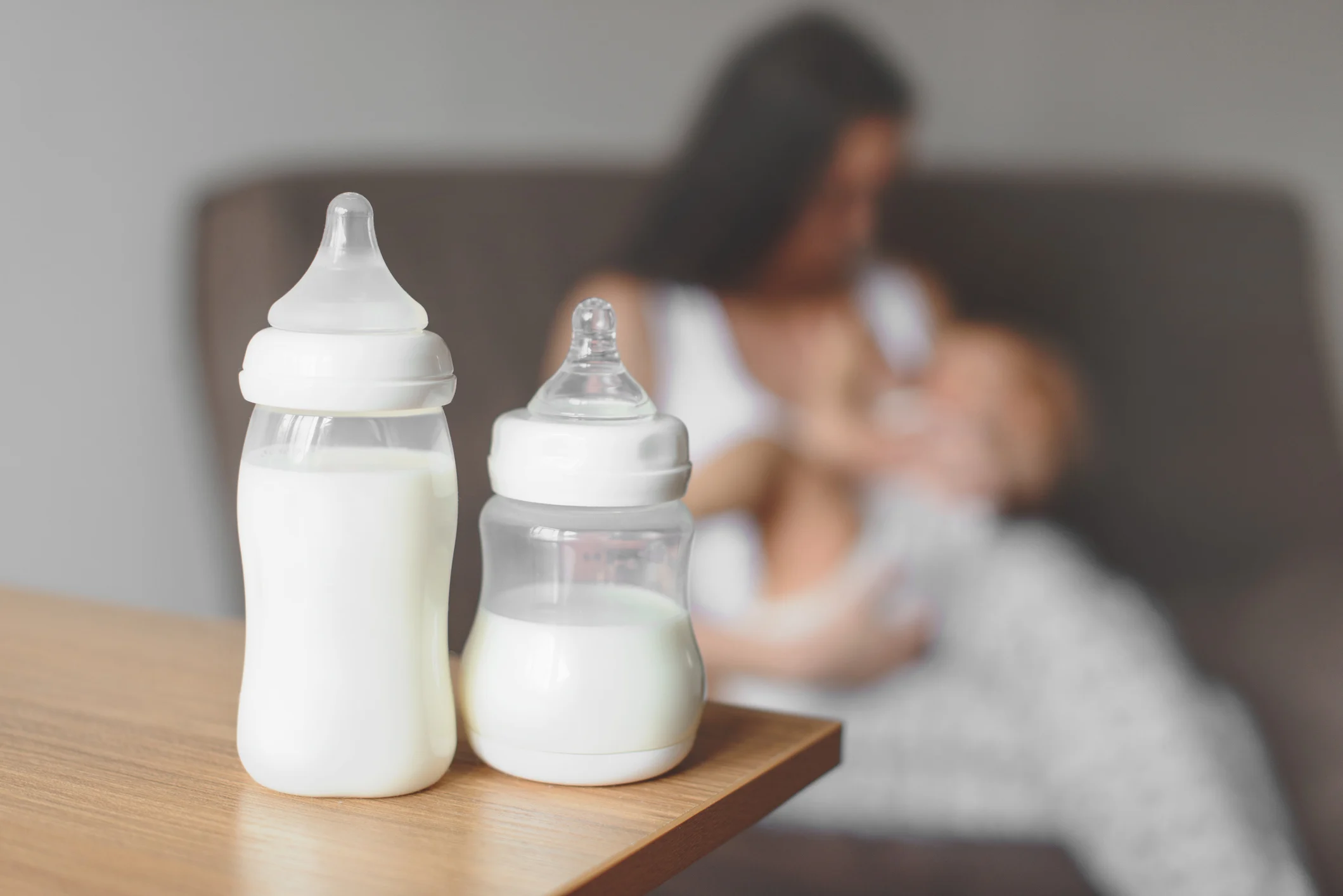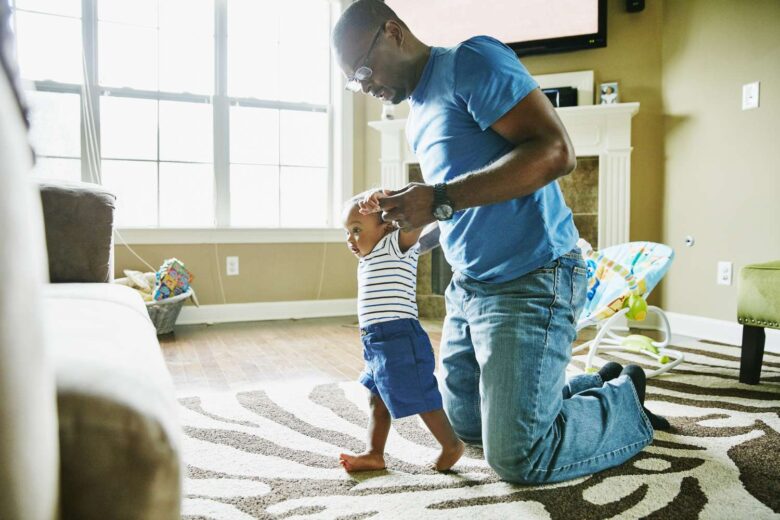As a parent, one of your main responsibilities is to keep your baby safe at all times. However, this task can be complex and overwhelming, especially for new parents.
With every new stage in development, your baby will require unique care to stay safe. As they grow and develop, your role as a parent will adapt, and you’ll need to know what is best for your little one at every developmental stage.
Whether you’re traveling with a baby or playing with them at home, you need to be aware of surrounding hazards and be prepared to take immediate action if your little one is in danger. Here are some top tips for keeping your baby safe and sound to ease your worries and make your life easier as a parent.
Contents
Make Sure Baby Bottles Are Completely Dry

Source: todaysparent.com
Baby bottles can get wet when cleaning and sterilizing them, and that’s totally okay. However, you must dry baby bottles completely before using them again.
Wet baby bottles are a breeding ground for bacteria and viruses. Since your baby’s immune system won’t be fully developed yet, germs can be extremely harmful to them.
Luckily, there are a few different ways to dry baby bottles effectively. You can dry them on an air drying rack or baby bottle sterilizers that have drying options.
If you’re in a rush, dry baby bottles with a clean towel or kitchen roll. However, this isn’t often recommended, as bacteria can still reside on a freshly cleaned towel and transfer onto the baby bottles when you dry them.
Consider Sleep Safety
Nap time might seem like the safest time of the day for your baby, but there are still risks to consider. You should always place your baby on their back when asleep and avoid lying them on their stomach to reduce the risk of Sudden Infant Death Syndrome (SIDS).
Keep your baby’s room relatively cool and ensure the environment is completely smoke-free. You should also make sure the crib is secure, and there is no area where your baby could fall out of it. Avoid placing pillows and fluffy toys in the crib.

Source: parents.com
Be Aware of Choking Hazards
Babies explore the world by putting things into their mouths. As a parent, you need to be extra cautious when it comes to choking hazards and keep small objects, like coins, beads, and buttons, out of your baby’s reach.
Similarly, you’ll need to be careful when feeding your baby. Avoid feeding them foods that could get stuck in their throat, such as grapes, nuts, or chunks of raw vegetables. It’s always best to cut foods up into very small pieces or stick to soft foods that are mashed or blended.
Always check the age recommendations and warnings on toy packaging to ensure they are appropriate for your baby’s age and development level. Supervise them when playing with small toys so you can take immediate action if your baby starts to choke.
It’s also a good idea to learn about first aid for babies and young children, with a focus on the Heimlich maneuver, so you know what to do in an emergency choking situation.
Childproof Your Home
It’s easy to forget how many hazards are at baby’s reach in a typical home. As your baby grows and becomes more mobile, every corner, cabinet, and cord poses potential dangers. Start by securing furniture to walls to prevent tipping, cover sharp corners, and use safety gates to block off areas like stairways. Install cabinet locks and outlet covers, and ensure cords from blinds or appliances are out of reach. Regularly check your home at baby’s eye level to identify and address any new risks. This process not only safeguards against physical harm but also gives you peace of mind as your baby explores their environment.

Source: verywellfamily.com
Ensure Bath Time Safety
A baby’s skin is delicate and more susceptible to burns. Always test bathwater with your wrist or elbow to ensure it’s lukewarm and not too hot. Never leave your baby unattended in the bath, even for a second. Babies can drown in as little as an inch of water. Make sure to use a non-slip mat in the tub and always keep essential items within arm’s reach to prevent leaning or reaching too far when baby is in the bath.
Choose Toys Wisely
When selecting toys for your baby, ensure they are age-appropriate and free from small parts that might break off and become choking hazards. Read labels and recommendations carefully. In addition, toys should be free from toxic materials and sharp edges. Regularly inspect them for wear and tear, discarding anything that becomes broken or unsafe. Remember, even toys that seem benign can pose a threat if not used as intended, so always supervise playtime.

Source: parents.com
Be Cautious with Pets
While pets can be a wonderful addition to a family, it’s essential to be cautious when introducing your baby to existing family pets or adopting new ones. Even the most gentle animal can be unpredictable. Never leave your baby alone with a pet. Educate yourself on the behaviors of your specific type of pet and take necessary precautions. For instance, cats may find a crib inviting, so ensure they are kept out of the baby’s sleeping area. Gradually introduce your pet to your baby under close supervision and be attuned to their reactions. This not only ensures safety but also helps build a positive relationship between your baby and pet.
Final Words
Ensuring your baby’s safety is a continuous process that evolves with each developmental stage. From household items to bath time, play, and interactions with pets, it’s crucial to remain vigilant and proactive. By addressing potential hazards and fostering a secure environment, you not only protect your baby from immediate harm but also lay the foundation for a confident and curious explorer. Remember, as your child grows and becomes more independent, so will their curiosity. Staying informed, adapting to their needs, and regularly reassessing safety measures will ensure that they can explore the world around them with minimal risks.
